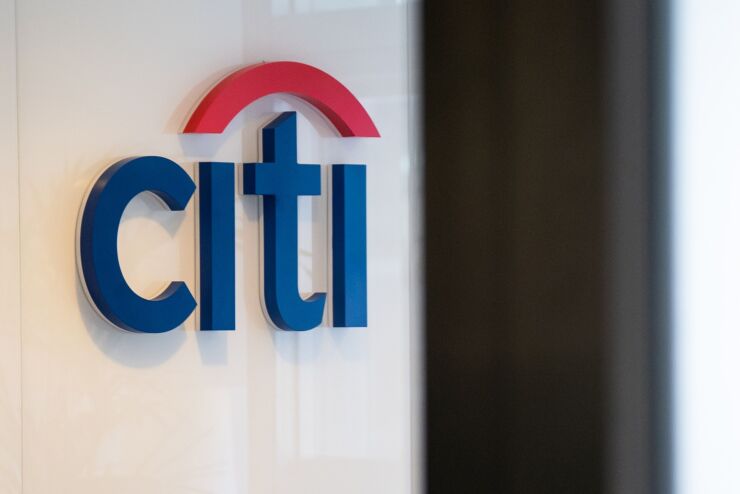
For 30 years, Citigroup's Citi Retail Services has offered private-label credit through large retailers for big-ticket purchases like furniture and electronics, and the financial giant is now using digital channels to extend credit via Citi Pay to smaller merchants.
"New digital technology put us in a position to compete much more aggressively in consumer finance, particularly in retail channels that don't have broad access to point-of-sale financing," said Terry O'Neil, Citi's head of connected commerce and strategic growth initiatives.
Examples where consumers are looking for special financing options at the point of sale include home improvement projects and items like snowmobiles and personal watercraft, jewelry and home-based electric vehicle car chargers, he said.
The biggest challenge for Citi has been finding a way to scale Citi Pay to merchants at a time when a growing number of stores and websites already offer white-label promotional financing to consumers at the point of sale from providers like
To accelerate its rollout, Citi recently began testing the distribution of Citi Pay Credit and Citi Pay Installment loans through the third-party merchant selling platforms Shopify, ChargeAfter and FreedomPay, O'Neil said.
Merchants use these platforms to reach shoppers and accept payments, and now they may also opt to download Citi Pay into all of their points of sale and install them through application programming interfaces or software development kits. Citi Pay's digital integration process takes only a few days, O'Neil said.
Even through its new distribution partners, Citi Pay will be one of several BNPL options available to merchants. For example, Canada-based Shopify already offers participating merchants its own branded BNPL option, and Affirm has a longtime partnership with Shopify.
Such overlap isn't a big concern to O'Neil, who said Citi Pay brings broad financing options to smaller merchants in emerging channels and those that only operate online.
"Our research indicates the majority of shoppers want merchants to offer more finance options at the point of sale, especially from trusted financial services providers," O'Neil said.
Citi Pay also stands apart from point-of-sale competitors by enabling consumers who have been approved for a digital line of credit at one merchant to use the same credit line at another participating merchant.
"This isn't a single-use product," O'Neil said, noting that once a shopper obtains a Citi Pay line of credit, they can use it anywhere they see a Citi logo. Consumers can track their credit line, plus all payments and money owed, through a single dashboard within Citi's mobile app.
Citi performs a hard credit check on all Citi Pay applicants and reports borrowing activity to credit bureaus, which borrowers seem to welcome, unlike some BNPL fintechs whose loans fly below the radar of other lenders and credit reporting agencies, O'Neil added.
While Citi has the advantage of being one of the largest credit card issuers in the U.S., and has broad visibility into the credit and spending history of millions of Americans, Citi Pay can't bank on automatic consumer adoption in the current economic climate, said Ariana-Michele Moore, a retail banking and payments advisor at Datos Insights.
There is also intense competition. A growing number of traditional banks and card issuers offer instant loans and promotional purchasing on specific purchases, and about a third of consumers in North America and the U.K. have used them, according to a survey Datos conducted in the second half of last year.
"BNPL financing typically is used for purchases that could be considered discretionary, and now that the economy is causing consumer confidence to weaken — with consumers tightening spending and card issuers' delinquency rates rising — you have to question the extent to which consumers will be eager to use BNPL products," Moore said.
O'Neil said Citi has seen no drop-off yet in demand for point-of-sale financing, despite the expanding range of options.
"Even with rising competition, we see a lot of growth for our point-of-sale lending products because they act as responsible budgeting tools for consumers who want to be able to see exactly how their purchases will affect their finances," he said.






